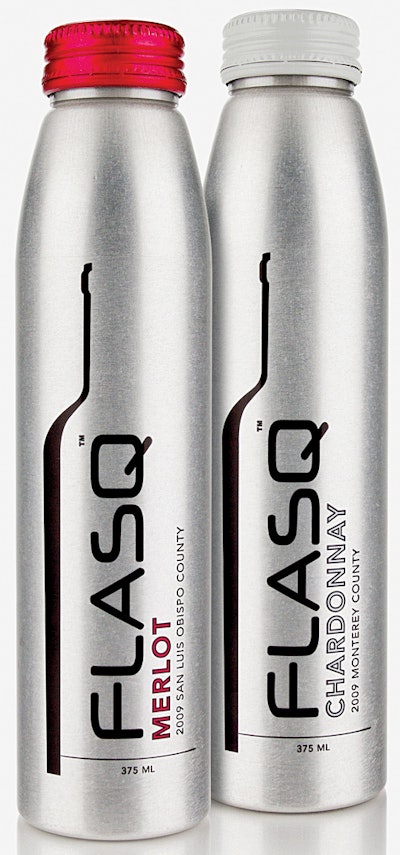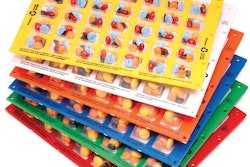
The new Shelf Impact!/Dragon Rouge (www.dragonrouge-usa.com) survey of innovative packaging awarded products that looked, felt, and communicated the part, including a paper bottle that is worth much more than its weight, a battery pack that comfortably seats six, and a resealable bottle of wine…that’s in a can. The results also remind us of the perceived value of sustainability and more specifically, the resealable package, a quality shared by our three top-rated packaging innovations. To view an image and brief description of each of the 15 packages reviewed in the second quarter, go to www.shelfimpact.com/go/X.
Structure + graphics = perceived innovation
With a composite score ranging from 3.76 to 3.85 on a five-point scale, the three packaging innovations that led our second quarterly report are Seventh Generation’s “paper bottle” for liquid laundry detergent, JT Wines’ FLASQ wine in a bottle can, and Contour Energy Systems’ green battery pack. All three scored at the top in both structure and graphics.
Seventh Generation has always been a champion for progressive, sustainable household products but they have taken it to the next level with the introduction of the “paper bottle” laundry detergent package. To launch its 4X concentrated formula, the company is marketing detergent in a low-density polyethylene bag enclosed in bottles made of a board-stock shell. Using paper for much of the container results in a 66% reduction in plastic use per bottle, compared with most other 100-oz laundry detergent bottles. Inside the bag is a resealable LPDE spout, and the cap is polypropylene. The package is designed for easy disassembly for recycling. All of these structural attributes are aided by a graphic design that communicates the capabilities and value of the product without overstating them. The structure might sound complicated, but this product makes sustainability feel simple.
We continue to see imaginative structural innovation with FLASQ Wines in aluminum bottle cans. JT Wines, St. Helena, CA, believes it is the first company in the U.S. to launch a wine brand in such an aluminum bottle. The 375-mL aluminum bottles are resealable and are designed to meet the convenience needs of wine enthusiasts who lead active lifestyles. These quick-chilling and shatterproof “bottle cans” of wine provide a new avenue for wine sales. FLASQ extends wine’s consumption to a variety of new possibilities, including ball games and concerts where glass is prohibited. The name FLASQ draws a charming association with the intended use of the product, and while almost everything about the pack is futuristic, an outline of a classic wine bottle curving around the logo connects the old with the new.
Just when you thought you had seen every packaging structure for batteries, Contour Energy Systems managed to pack six batteries into a pack that is green in its color as well as its environmental impact. This new blister pack, created for batteries for home theater 3D-TV glasses, uses an eye-catching “stadium seating” design, and allows for 100% resealability and recyclability. In contrast to the linear presentation of most battery packs, the six lithium coin-cell batteries are arranged to provide the dual benefit of adequate room on the graphics card, effectively marketing the brand and its benefits.


























